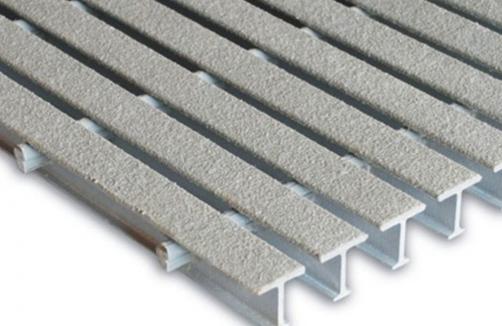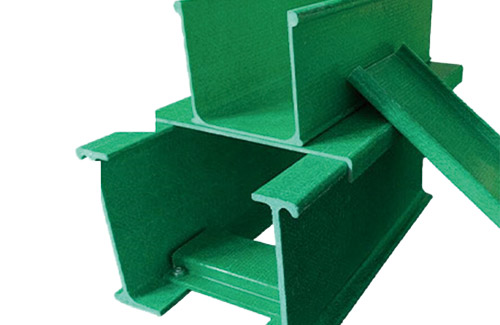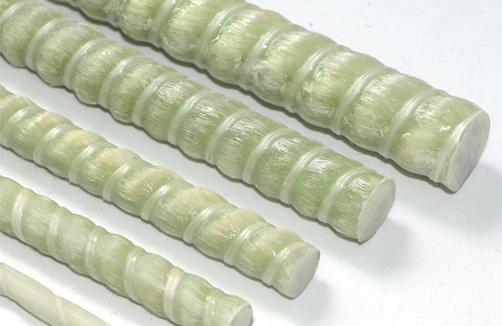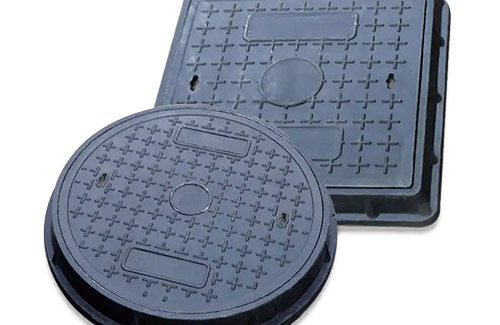In the realm of outdoor structures, durability and resilience against the relentless forces of nature are paramount. Fiber Reinforced Polymer (FRP) profiles have emerged as a game-changing material, offering unparalleled protection and longevity in environments where traditional materials falter. With their exceptional strength-to-weight ratio, corrosion resistance, and design flexibility, FRP profiles are reshaping the way we construct and maintain outdoor structures, ensuring they stand the test of time.
Understanding FRP Profiles: The Science Behind Durability
FRP profiles are composite materials composed primarily of a polymer matrix reinforced with fibers, typically glass, carbon, or aramid. This combination yields a material that is lightweight yet incredibly strong, capable of withstanding heavy loads without degrading under harsh conditions. The polymer matrix provides weather resistance and protects the reinforcing fibers from environmental damage, while the fibers impart strength and stiffness.
Weather Resistance: A Key Advantage
One of the most compelling advantages of using FRP profiles in outdoor structures is their inherent resistance to weathering. Unlike metal, which corrodes over time when exposed to moisture and salt, or wood that can rot, warp, or be eaten by insects, FRP remains impervious to such degradation. Its non-conductive nature also prevents galvanic corrosion when in contact with dissimilar metals, making it an ideal replacement for steel in coastal or high humidity environments.
UV Stability: Another significant challenge faced by outdoor structures is exposure to ultraviolet (UV) radiation from sunlight. Prolonged UV exposure can cause many materials to weaken, fade, or degrade. However, advanced formulations of FRP include UV stabilizers and protective coatings, which shield the material from harmful rays, maintaining its integrity and colorfastness for years.
Applications in Outdoor Structures
Infrastructure: Bridges, walkways, and platforms benefit greatly from the use of FRP profiles. Their light weight eases installation, reduces the need for heavy lifting equipment, and minimizes stress on existing structures. Furthermore, FRP's resistance to freeze-thaw cycles and de-icing chemicals ensures bridge components like handrails, decking, and reinforcement bars remain intact, even in severe winter conditions.
Parks and Recreation: In parks and recreational areas, FRP is used to construct durable benches, picnic tables, and playground equipment. Its low maintenance requirements and ability to withstand heavy usage make it an ideal choice for high-traffic public spaces. Additionally, the material’s versatility allows for creative designs and vibrant colors, enhancing the aesthetic appeal of these areas.
Marine Applications: From piers and docks to boat ramps and seawalls, FRP profiles excel in marine environments due to their exceptional resistance to saltwater corrosion and marine borers. They provide a long-lasting solution that requires minimal upkeep compared to traditional timber or steel structures.
Economic and Environmental Considerations
While the initial investment in FRP profiles may be higher than traditional materials, their long service life and low maintenance costs often result in a more cost-effective solution over time. Reduced repair and replacement needs translate into less downtime and less overall expenditure.
From an environmental perspective, FRP’s durability means fewer resources are consumed in the long run. It can also be produced using recycled materials and, at the end of its lifecycle, certain types of FRP can be recycled, contributing to a more sustainable construction industry.
Conclusion
FRP profiles have proven to be a transformative material in the construction of outdoor structures, providing a level of durability and protection that conventional materials struggle to match. As awareness of their benefits grows, so does their adoption across various sectors, from infrastructure development to public spaces and marine applications. By harnessing the unique properties of FRP, we are not only enhancing the resilience of our built environment but also contributing to a more sustainable future. As technology advances and new applications are discovered, the potential for FRP profiles to redefine outdoor construction seems limitless, ensuring our structures stand strong against the elements, season after season.








